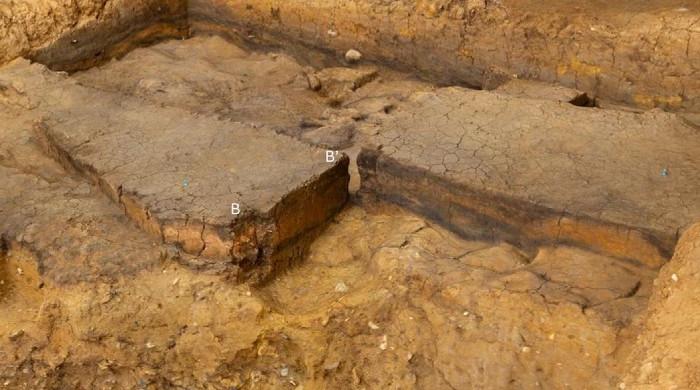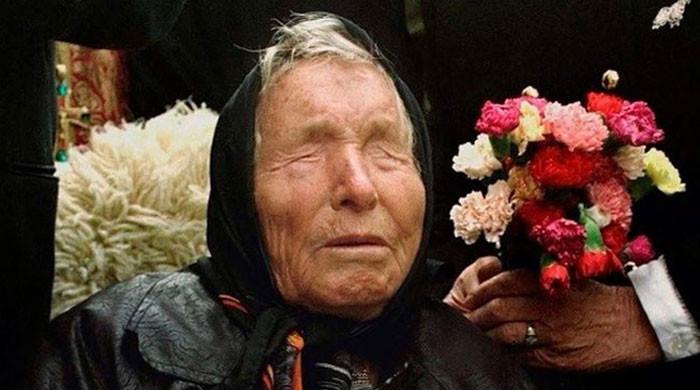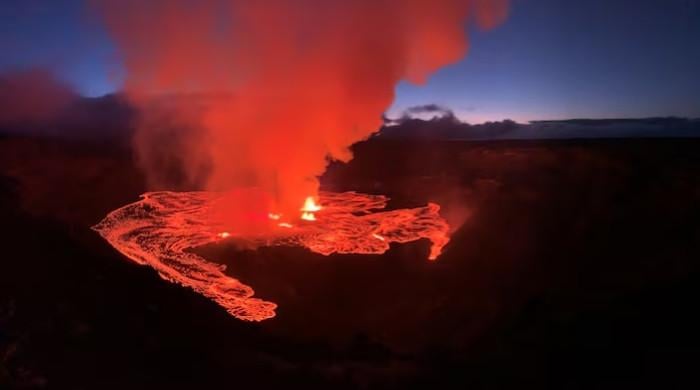WATCH: Wedding saves these Moroccans from earthquake that killed near 3,000
The earthquake was the deadliest in Morocco since 1960, claiming over 2,900 lives
September 13, 2023
A wedding celebration in a Moroccan village Kettou became an unwitting source of salvation during the devastating earthquake that rocked the region and killed nearly 3,000 people in the country.
The joyful event hosted by the bride's family turned into a protective haven, ensuring that no residents were trapped when the earthquake struck and destroyed their stone and mud-brick homes.
22-year-old Habiba Ajdir was to marry 30-year-old Mohammed Boudad, an apple farmer. However, in accordance with tradition, the bride's family organised a pre-wedding party the night before the marriage ceremony.
A video captured the moment when the 6.8-magnitude earthquake hit, transitioning from scenes of musicians adorned in traditional attire playing the flutes and handheld goatskin drums to chaos, darkness, and the sound of terrified screams.
Boudad, standing beside his wife nearly four days after the quake, recalled how fear gripped him as he worried about both her village and his own. He remarked on their meeting, describing it as being "brought together by fate." Ajdir, traumatised by the earthquake, was too shaken to engage with strangers.
While the impoverished village of Ighil Ntalghoumt was left in ruins, with many residents now homeless, it was fortunate that there were no casualties or serious injuries reported, unlike other areas near the quake's epicentre.
This earthquake was the deadliest in Morocco since 1960, claiming over 2,900 lives, mainly in remote settlements in the High Atlas mountain range south of Marrakech.
The video captured the panic and chaos that unfolded during the quake, with people calling out for loved ones as the electric lighting was replaced by the pinpoints of light from mobile phones.
Remarkably, only one person in Ighil Ntalghoumt, an eight-year-old boy named Ahmed Ait Ali Oubella, was injured when a rock fell on his head.
Despite the disaster, Ajdir made her way to Kettou on Saturday, accompanied by Boudad's brother and his wife, who had attended the pre-wedding party. They had to walk due to impassable roads, and upon arrival, they discovered widespread damage but no fatalities.
The communal events, such as the pre-wedding celebration and a funeral in a house that remained intact, played a crucial role in saving lives in these villages. However, the residents of Ighil Ntalghoumt were still in dire need of assistance, and some were seen trekking down the mountain to seek aid from authorities.
The contrast was stark just a few kilometres away, where the village of Tikekhte had been almost entirely obliterated, leaving no houses standing and resulting in the tragic loss of 68 lives out of the village's 400 inhabitants.
The resilience and unity of these communities in the face of disaster serve as a testament to the strength of the human spirit and the bonds formed in times of adversity.









